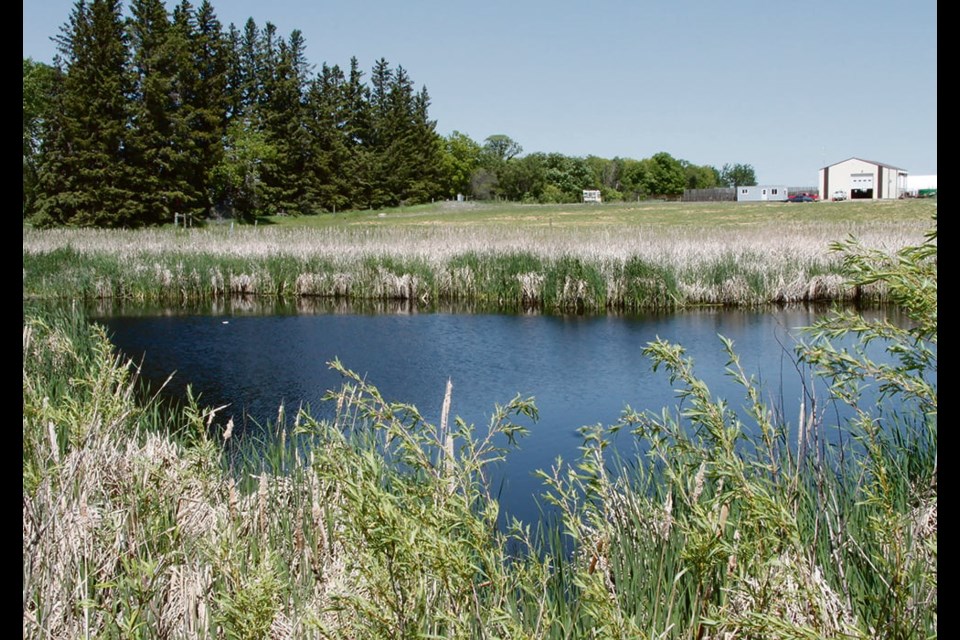WESTERN PRODUCER — An Alberta conservation group is promoting beaver habitat as a way to keep water on the land amid rising drought concerns in the province.
“Beavers can provide benefits and always have provided benefits from an environmental perspective but also from an ecosystem goods and services perspective with drought and flood mitigation,” said Holly Kinas, Miistakis Institute conservation analyst.
The institute and riparian management organization Cows and Fish are promoting their Working with Beavers website as a tool to assist landowners in introducing beavers and help them understand the technical and regulatory requirements.
Kinas said her organization has been promoting beavers for a decade and Cows and Fish has done it for twice that long. The result is a significant shift in landowners seeing beavers as assets rather than pests, she added.
“We’re finding there is this growing trend and interest in co-existing with beavers instead of undertaking the traditional approach which is, of course, shooting or trapping them,” said Kinas. “A lot of that has been expedited by our changing climate.”
Beavers and their dams mitigate the damaging effects of flooding and maintain a source of water for livestock, said Kinas, and they also help mitigate wildfire impacts.
“Beaver ponds create a huge refuge for wildlife and plant species. Fire can come through, wipe everything else out, burn it to the ground, but there is still this lush, green area surrounding those wetlands created by beavers.”
Resiliency built into the land by beavers is especially key for ranchers who face drought conditions.
“We’ve had ranchers say to us in dry years, they only had one place to water and that was behind the beaver pond,” Kinas said. “Some landowners have said even their well would have run dry if it weren’t for the fact beavers are there and had created this beautiful wetland complex close to their home.”
But beavers can pose problems by flooding fields or roads. The main thrust of the beaver co-existence management tools is to provide technical advice on how to install infrastructure such as pond levellers.
“Maybe you do compromise and give up a bit of your cropland to allow that natural wetland complex but, in return, you are going to have water on your landscape much longer,” said Kinas.
Research has shown that a wetland is like the tip of an iceberg; the surface is a fraction of the total water storage volume, she added.
“About 90 percent of that water storage is what you can’t see and is stored in the ground.”
Beavers are often thought of as woodland creatures, but Kinas said that’s more a result of historical trapping practices that saw a 90 percent reduction in populations. In fact, beavers can thrive on grasslands, though habitat loss has reduced numbers in that ecosystem.
“I have seen an all-cattail dam before, so that does happen sometimes,” said Kinas, though beavers do prefer more wood-based material for building as well as diet.
“They are engineers. They will figure out a way but you do have to have populations nearby or at least enough habitat for them that they could start building dams and have protection from predators.”
More information can be found at .




